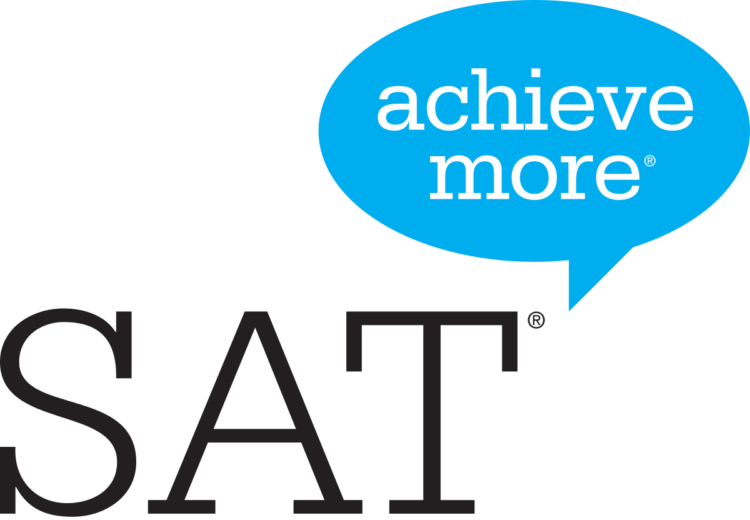By Edward Trower And Gavin Mackintosh-
UK primary school pupils this week have begun the government’s annual Sats tests used to measure their standard of reading and writing. The exams are designed to assess the whether children have achieved the expected standards of learning as they prepare for secondary schools.
The 2018 Sats began yesterday with the spelling, punctuation and grammar test. There was concern among teachers that the spellings had been tough. The test consists of two papers: children are asked to spell 20 words which are read out of them and there is also a 45-minute question-and-answer booklet.
In the last two years, pupils and teachers have complained that the level of Sats exams are too difficult for primary school pupils. However, very good primary schools in the Uk have produced pupils who have done well in these exams. Schools that prepare their pupils well for these exams, will often see pupils pick up on what they have been taught and deliver in the end of year exams.
Schools that succeed in inspiring their pupils to develop a good reading habit outside normal school hours, get the best results, according to research conducted by The Eye Of Media.Com. There are schools in the Uk that take their pupils during school hours through educational novels and literature books, and encourage their parents to follow up in establishing a continuous reading habit at home which is monitored and assessed. However, many more primary schools still do not have this practice.
They bring their pupils along very slowly and calmly, because of their obvious young age. Pupils from such school are likely to complain about the level of Sats exams because of the poor system in those schools.
EASIER
This year’s reading Sats exams appear to have been made a little easier than last year, limiting the the opportunity for any valid criticisms to be raised. Teachers have expressed their views on the Tes forum where teachers exchange ideas and express their views about the education system or in their school. Teachers responded to this year’s reading Sats tests differently.
“Very fair test – so suspect the ‘pass’ mark will be increased, one teacher said. You can’t win!” said another. Another teacher was happy a lot of children were able to finish, but the real measure of their standard will depend on the results.
“A fair ‘challenge’ all in all. Most children were able to finish or get close to finishing. As expected, a big emphasis on language and evidence finding throughout the questions,” added another teacher.
Another teacher felt children with English as an additional language (EAL) would struggle, but this can be no valid excuse for students with an additional language if they read adequately. One teacher said: “I thought the questions focused too heavily on phrases and sayings, lending themselves to middle-class and English-as-a-first-language pupils. The final text was very difficult and was not appropriate to the reading age of Year 6 children.”
Another agreed: “I agree that it was not easy for EAL students due to the number of questions reliant on potentially challenging phrases and sayings.” The criticisms fail to address why children who would find those challenging phrases and sayings difficult have not previously been exposed to them in schools. The responsibility is on schools and teachers to identify what it why certain questions are outside the reading standard of many pupils.
LOWEST
Reading has been the one area with the lowest proportion of children reaching the expected standard in the previous two years. This appears to be the fault of those UK schools that have failed to establish a culture of reading among their pupils. If the awareness schools and teachers have about the standard of Sats exams does not guide them to improve their system, their pupils will continue to fall behind the expected standards of reading established by the government.
Following the establishment of the new “tougher” Sats exams in 2016, the reading test, pupils found the reading test so difficult that it reduced children to tears.
Only 66 per cent of children who took the tests achieved the expected standard that year. 34% of children showed the quality of reading they had done in their lives was below the minimum standard of reading expected for their age. 89 per cent of pupils had achieved the expected level the previous year in 2015, but the British government later concluded the standard of the reading level was still too low for their age, and so raised the standard.
That standard was lowered in 2017 after an Ofqual after 25% of pupils did not finish, had been “unduly hard”. Serious primary school pupils will be expected to do come through todays reading test.
P.S The two authors names that appear in this article contributed to the ideas and contents of the article, but Gavin Mackintosh was the main author of the written piece.

